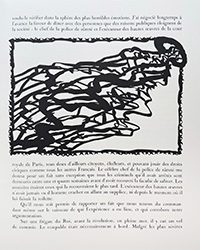Another attempt was recently made to unravel the long-standing mystery that is the Voynich Manuscript. It has been identified by carbon dating as coming from 1408-1438. However, its existence was unknown until purchased in 1912 by Polish bookseller Wilfred Voynich. It was later purchased by bookseller H. P. Kraus who gave it to Yale University's Beinecke Library in 1969. That's where it is today.
The manuscript is filled with illustrations of plants, mostly of unknown varieties, along with numerous zodiac-like drawings and of naked women frolicking in pools. Then, there is a lot of text. It is written in a language unknown, and despite numerous attempts by some of greatest code-breakers in the last century, no one has ever been able to decipher its meaning. Actually, no one has been able to translate a word. While claims have been made it is some sort of Latin or proto-Romance language, or even a form of Hebrew, its meaning remains a mystery. However, the language does follow a format that looks like a real one, with certain words repeated.
Many scholars and amateurs claimed to have broken the code in the past, but none have provided more than theories, not concrete evidence. We have written about a few in past articles. They have included a pre-Columbus visitor to the Americas as some of the plants look like they came from America. Mexico has been mentioned. Others have speculated on an Italian or Spaniard, an extinct group known as the Cathars, even otherworldly aliens (we'll write those off). Recently, an article was published by Keagan Brewer and Michelle L. Lewis in Social History of Medicine. It doesn't attempt to translate the work but focuses on the largest and most complex drawing and the naked women. It also does something most others do not – identify the author and try to explain it.
Their answer for the large drawing is one that, surprisingly, does not seem to come up, despite the naked beauties - sex. The drawing (click on the image to see it full size), known as the “Rosettes,” contains nine circles. The authors say in late Medieval times, it was believed that the uterus had seven chambers and the vagina two openings. Two plus seven = nine. The center circle represents the outside opening, the one at the upper left the internal one. Persian Abu Bakr Alk-Razi wrote that five small veins exist in the vaginas of virgins. You can see them emanating from the internal opening at the upper left to the external opening in the center (I don't know whether their being broken is artistic license or she was no longer a virgin). Yellow and blue represent male and female sperm, motion depicted by lines and patterns express the female's pleasure. The strange appearance of a castle in one (upper right corner, left side) could be a word play on the German word “schloss” which can refer to a castle or female genitalia. The sun is depicted twice and may represent Aristotle's belief that the sun provides natural heat to the embryo to help it develop. Other features, they acknowledge, are not yet understood.
The illustrations of naked women are mostly in pools or with water. Some hold objects in their hands and the authors believe they are pointed toward their genitals. I'm less certain of this.
The authors named Johannes Hartlieb as the likely creator. Hartlieb was a physician who wrote about topics such as women's issues, plants, baths, astronomy, and magic. He also is known to have had a secret language which no longer survives. He was something of a prude and didn't think many people should read about such topics other than males, hence the secret code. It might lead to extramarital sex and God's condemnation. Hartlieb had been named shortly earlier by Alexander Amelkin as the culprit. His theory is that Duke Albrecht III of Bavaria-Munich had an unhappy wife who was into magical things so he had his physician, Dr. Hartlieb, create this work to keep her entertained. If so, he had no idea how many other people it would entertain five centuries later still trying to figure it out. That could explain the extraordinary effort that went into creating a mysterious book. Maybe the “language” has no meaning.
If the book does have a meaning, then perhaps a physician (like Hartlieb) wrote it in code because either it might be considered salacious and get him in trouble, or he wanted to protect his trade secrets. What we can say is if the book is meaningful, then the code used to disguise its meaning was more successful than he ever could have imagined. Five centuries later and here we are still trying to decipher the meaning of this ancient manuscript.
The Brewer-Lewis article is locked behind a paywall, but you can read a discussion by co-author Keagan Brewer here: theconversation.com/for-600-years-the-voynich-manuscript-has-remained-a-mystery-now-we-think-its-partly-about-sex-227157.
A detailed rebuttal can be found here. Scroll to #19 if necessary to see it: www.voynich.ninja/thread-4240-post-59065.html#pid59065.
You can scroll through the entire Voynich Manuscript as it is posted by the Yale Library here: collections.library.yale.edu/catalog/2002046.
If you can decipher its meaning, please let us know!

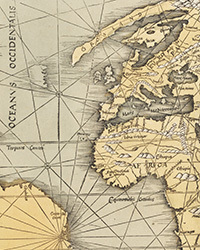
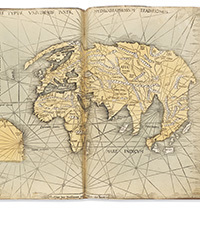
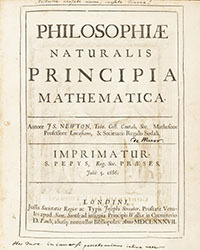
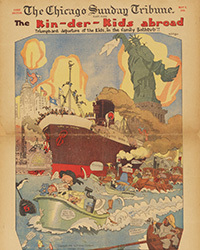
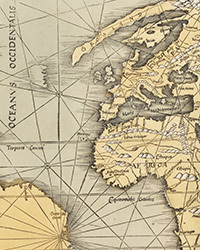
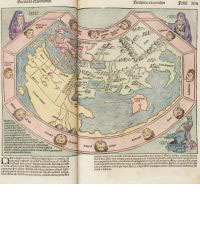
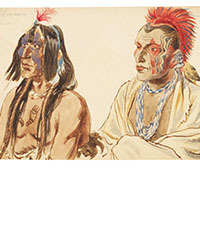
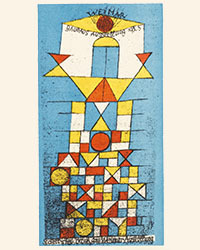
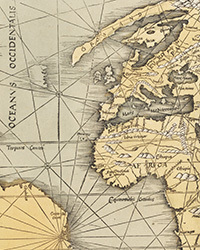
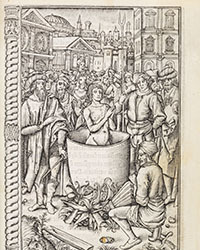
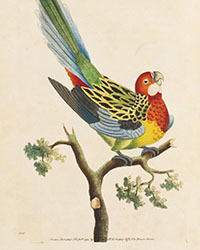
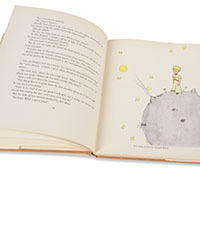

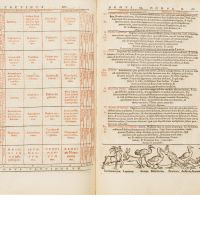

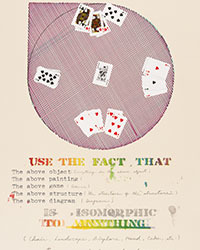

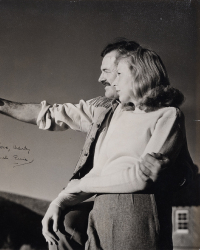
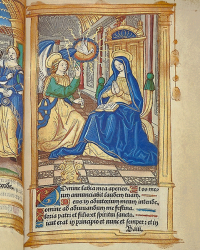
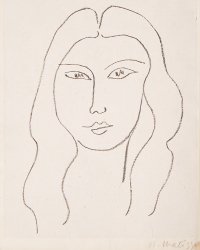
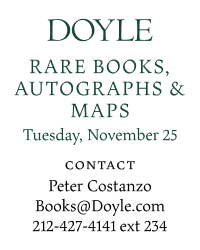
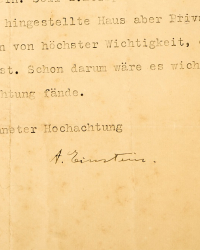
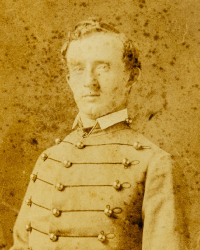
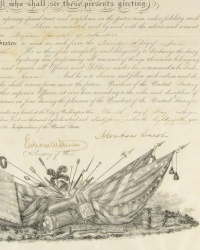
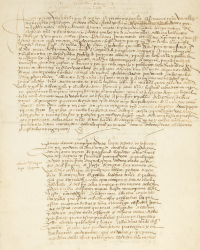
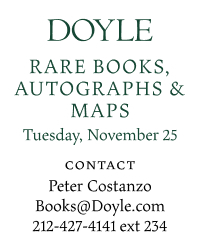
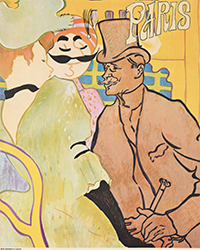
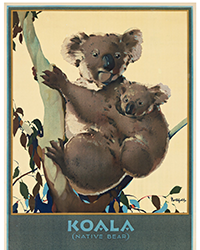
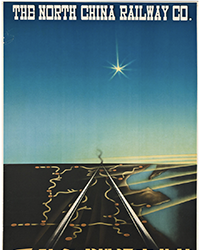
![<b>Swann, Nov. 25:</b> Cunard [Slavonia] / New York Mediterranean. Circa 1905. $3,000 to $4,000. <b>Swann, Nov. 25:</b> Cunard [Slavonia] / New York Mediterranean. Circa 1905. $3,000 to $4,000.](https://ae-files.s3.amazonaws.com/AdvertisementPhotos/4a5b5e65-4194-475f-9e08-b3fbbd8ece29.png)
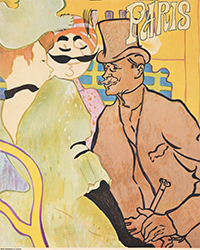
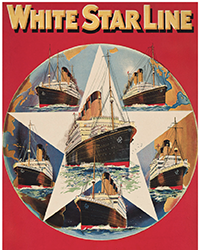
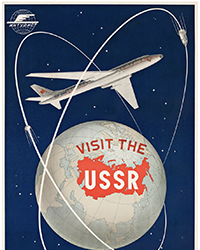
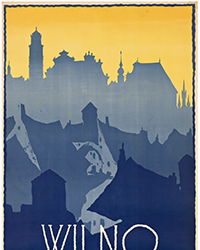
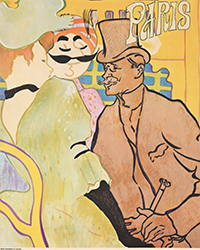
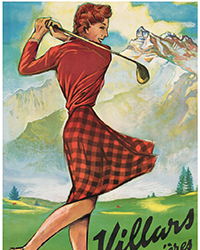
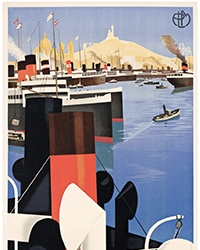
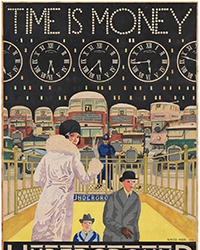
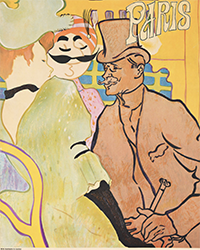
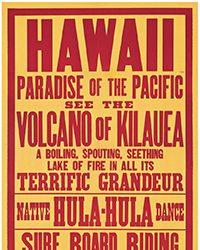
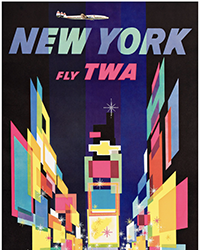
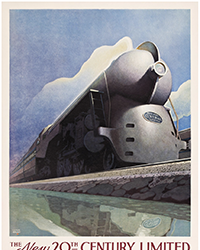

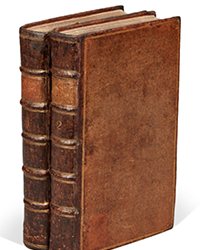
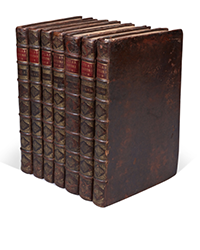
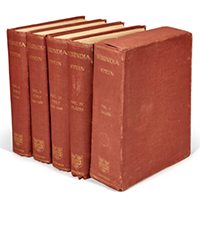
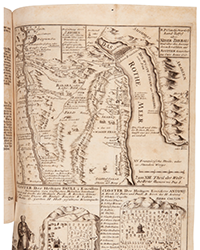
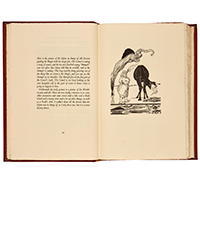

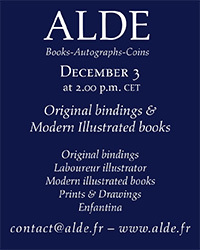
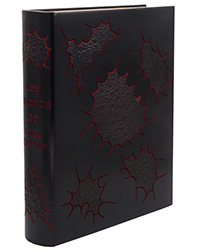
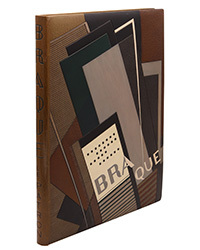
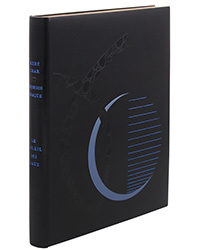
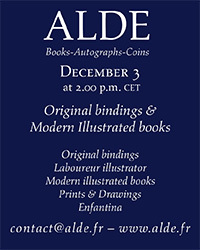
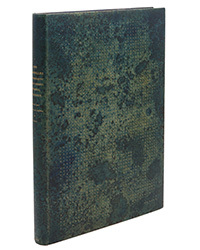

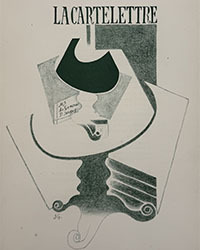
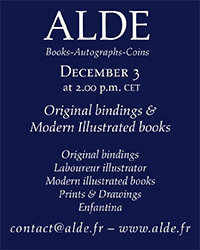
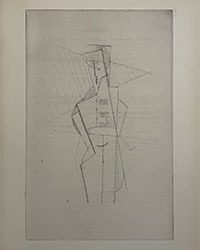
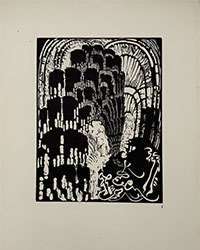
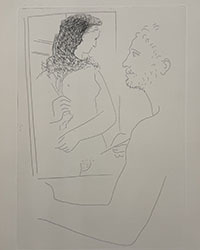
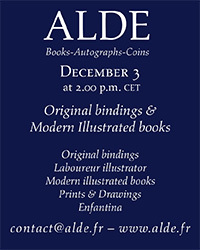
![<b>ALDE, Dec. 3:</b [PICASSO (PABLO)]. <i>Hommage à Pablo Picasso,</i> Paris, s.n., 1966. €8,000 to €10,000. <b>ALDE, Dec. 3:</b [PICASSO (PABLO)]. <i>Hommage à Pablo Picasso,</i> Paris, s.n., 1966. €8,000 to €10,000.](https://ae-files.s3.amazonaws.com/AdvertisementPhotos/f6ec5592-2bab-41b8-a105-7f0702d97750.jpg)

